Rose White Pink Plant
₹431.00 ₹366.00
A rose is a woody perennial flowering plant of the genus Rosa, in the family Rosaceae, or the flower it bears. There are over a hundred species and thousands of cultivars. They form a group of plants that can be erect shrubs, climbing or trailing with stems that are often armed with sharp prickles. Flowers vary in size and shape and are usually large and showy, in colours ranging from white through yellows and reds.
Description
Purchase Description
- Rose (White Pink) Plant
- Product Material : Natural Plant With Pot , Quantity : 1
- Pot : Height : 5 Inches (13 cm), Pot Colour : Black (Plastic)
- Very easy to maintain and Suitable for gifting to Plant Lovers
Plant Description
Most species are native to Asia, with smaller numbers native to Europe, North America, and northwestern Africa. Species, cultivars and hybrids are all widely grown for their beauty and often are fragrant. Roses have acquired cultural significance in many societies. Rose plants range in size from compact, miniature roses, to climbers that can reach seven meters in height. Different species hybridize easily, and this has been used in the development of the wide range of garden roses.
The leaves are borne alternately on the stem. In most species they are 5 to 15 centimetres (2.0 to 5.9 in) long, pinnate, with (3–) 5–9 (–13) leaflets and basal stipules; the leaflets usually have a serrated margin, and often a few small prickles on the underside of the stem. Most roses are deciduous but a few (particularly from South east Asia) are evergreen or nearly so.
PLANTING
If you order bare-root roses from a mail-order company, order early (late winter or early spring). The roses are usually shipped in the spring because bare roots when plants are fully dormant, well before they have leafed out. They’ll look like a bundle of sticks on arrival. Note that they are not dead—simply dormant. Check that the packing material is moist and keep them in a cool dark place until ready to plant.
- PLANTING ROSES
- Wear sturdy gloves to protect your hands from prickly thorns. Have a hose or bucket of water and all your planting tools nearby.
- Soak bare-root roses in a bucket of water for 8-12 hours before planting.
- Prune each cane back to 3-5 buds per cane. Any cane thinner than a pencil should be removed.
- If planting container grown roses, loosen the roots before planting.
- When you plant the rose, be sure to dig a much bigger hole than you think you need (for most types, the planting hole should be about 15 to 18 inches wide) and add plenty of organic matter such as compost or aged manure.
- Soak the newly planted rose with water.
- Mound up loose soil around the canes to protect the rose while it acclimates to its new site.
- Some old-timers recommend placing a 4-inch square of gypsum wallboard and a 16-penny nail in the hole to provide calcium and iron, both appreciated by roses.
- Don’t crowd the roses if you plan to plant more than one rose bush. Roses should be planted about two-thirds of the expected height apart. Old garden roses will need more space, while miniature roses can be planted closer.
-
CARE
WATERING ROSES
- Diligently water your roses. Soak the entire root zone at least twice a week in dry summer weather. Avoid frequent shallow sprinklings, which won’t reach the deeper roots and may encourage fungus. In the fall reduce the amount of water, but do not allow roses to completely dry out.
- Roses love water—but don’t drown them. That is, they don’t like to sit in water, and they’ll die if the soil is too wet in winter. The ideal soil is rich and loose, with good drainage. One of the worst mistakes you can make is to not provide adequate drainage.
- Use mulch. To help conserve water, reduce stress, and encourage healthy growth, apply a 2- to 4-inch layer of chopped and shredded leaves, grass clippings, or shredded bark around the base of your roses. Allow about 1 inch of space between the mulch and the base stem of the plant. See our for more information
Disclaimer: The image is for reference purposes only. The actual product may vary in shape or appearance based on climate, age, height, etc.
Only logged in customers who have purchased this product may leave a review.



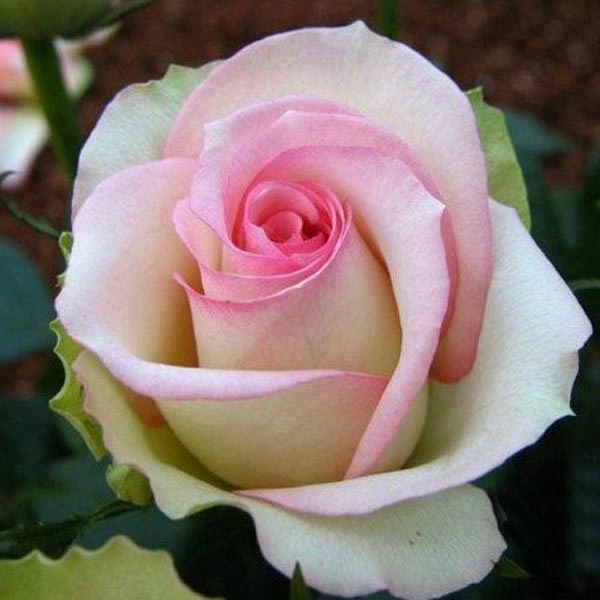
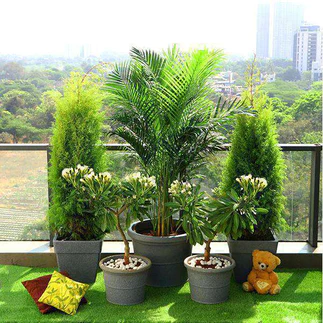
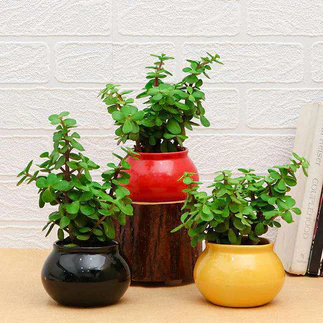
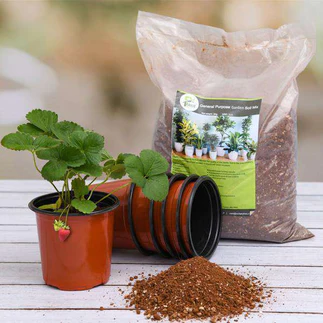
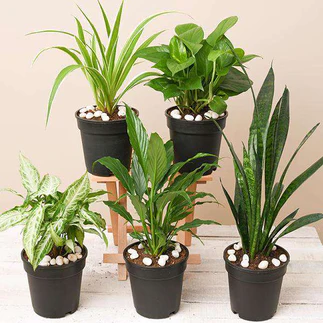
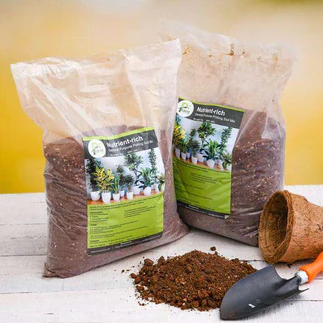
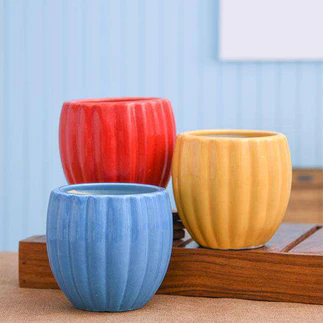
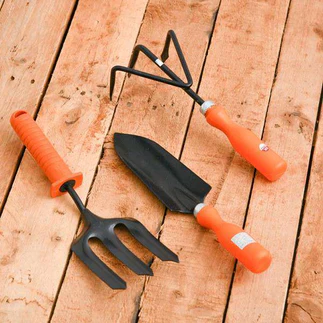
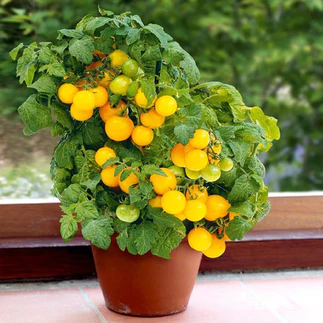
Reviews
There are no reviews yet.